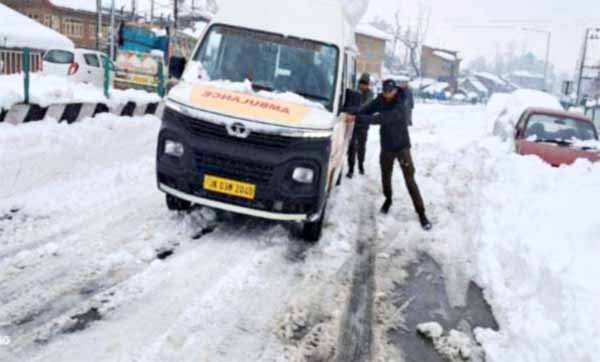New Delhi, Oct 21 (UNI) Delhi’s air quality has once again plunged to dangerous levels around Diwali, with this year marking the worst post-Diwali pollution in five years, according to a new Climate Trends analysis of Central Pollution Control Board (CPCB) data.
The report, which examined hourly PM2.5 data from 2021 to 2025, found a clear and consistent spike in particulate pollution every year during Diwali, but 2025 stood out both in scale and persistence. Average PM2.5 levels rose from 156.6 µg/m³ before Diwali to 233.5 µg/m³ on Diwali day, and further to 488 µg/m³ post-Diwali, the highest recorded across the five years.
The data show that while Diwali-night pollution typically doubles or triples from pre-festival levels, this year’s post-Diwali buildup was particularly severe, driven by widespread cracker use and calm weather that prevented dispersion.
“2025 saw the highest mean and maximum PM2.5 concentrations in our dataset, with late-night peaks reaching over 675 µg/m³,” the report notes.
The five-year trendline paints a worrying picture. After a sharp rise in 2021 (454.5 µg/m³ post-Diwali), air quality briefly improved in 2022 and 2023, when the post-Diwali averages dropped to 168 µg/m³ and 319.7 µg/m³, respectively.
Analysts attributed these dips to stricter firecracker controls and milder weather. But the pollution surge returned in 2024 and worsened in 2025, signalling that earlier gains were short-lived.
Meteorological conditions compounded the effect. The report highlights how low wind speeds (below 1 m/s) and temperature inversion, cooler nights trapping pollutants near the surface, led to a thick, stagnant haze that lingered over Delhi after Diwali night.
Experts warn that despite gradual improvements in awareness, the trend remains cyclical and vulnerable to lapses in enforcement. “It’s disheartening that we continue to repeat the same mistake every year,” said Aarti Khosla, Director of Climate Trends. “Even so-called ‘green’ crackers have shown no measurable difference in pollution outcomes.”











